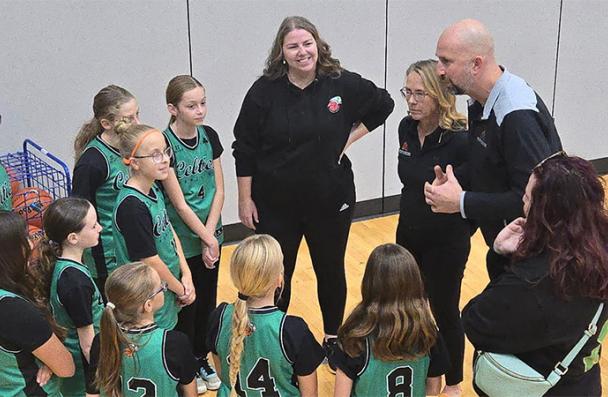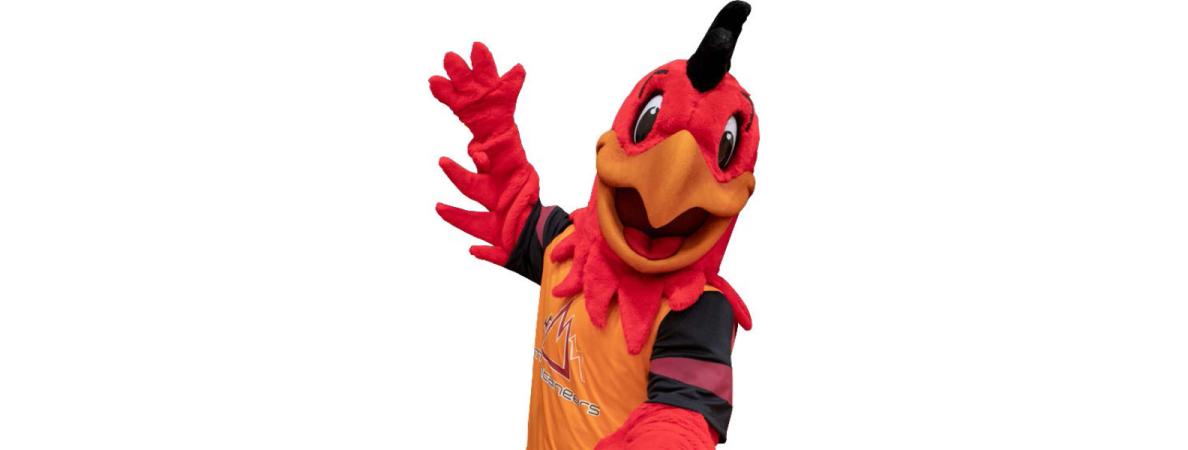
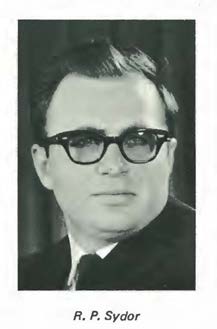
Mohawk’s beloved Mo the Hawk has had a few makeovers through the years, but where did his story start? Recently, we caught up with Rick Sydor ‘69, to shed a little light on the beginnings of Mo the Hawk.
In winter 1967, when Mohawk College was established, things were not so different than they are today. The college was spread across Hamilton, ON with several campuses such as those on Dundurn Street, Main Street and King Street.
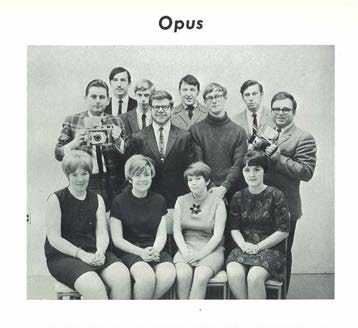
In the early days of the college, a school newspaper was created, Opus. Rick was one of the editors, responsible for sports coverage. Hockey and basketball were the only two varsity sports the college competed in at the time, so to fill the pages and showcase more athletes, Rick had to get creative. “I created a column where Mo the Hawk flew around to the many campus locations sharing stories from all the intramural teams,” explains Rick.
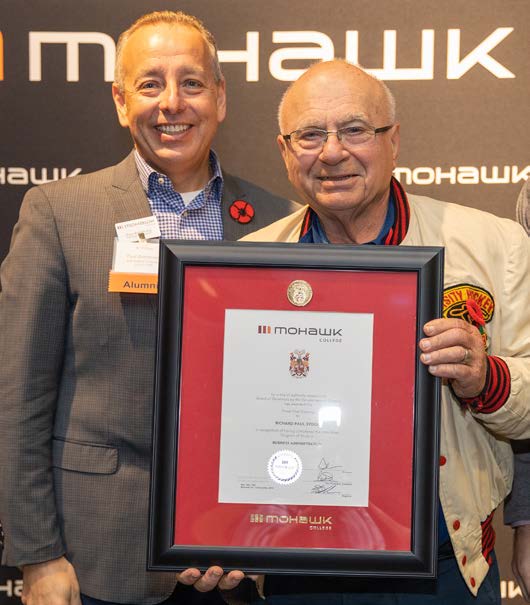
After leaving Mohawk, Rick assumed the character he created would end with him. He went on to live and work in Toronto for a few years, then to Calgary for about a decade, finally settling in California in the mid-1980s. Throughout this time, he stayed connected to a few former classmates and faculty, returning to Mohawk to celebrate his 25th class reunion in 1994.
As he entered The Arnie for his reunion, old classmates rushed up to greet him. They had been awaiting his arrival. It was at that moment that Rick met Mohawk’s official mascot, Mo the Hawk, for the first time. “I had no idea until that moment that the college had made a real-life mascot from my old newspaper column.”
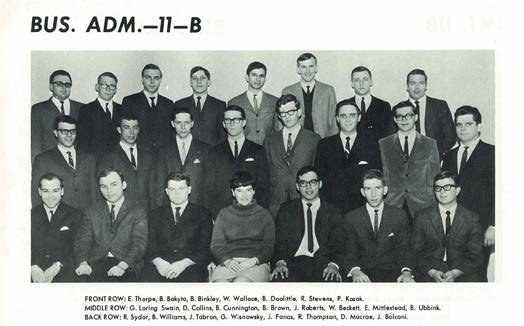
In 2019, Rick returned once again to his alma mater to celebrate his 50th reunion. Seeing the growth that has taken place at Mohawk since his college days, Rick felt compelled to give back to students by creating a planned gift in the form of a student award. “When I studied at Mohawk, it cost me $300 for a year,” says Rick. “I want to help future students, who will pay quite a bit more, have access to a good education and the opportunities college can afford them.”
This story originally appeared in the Spring 2020 issue of InTouch magazine.
By Meaghan Drury ‘12


